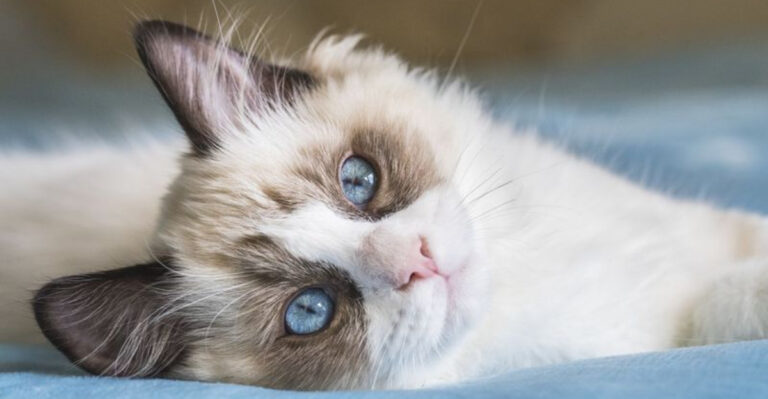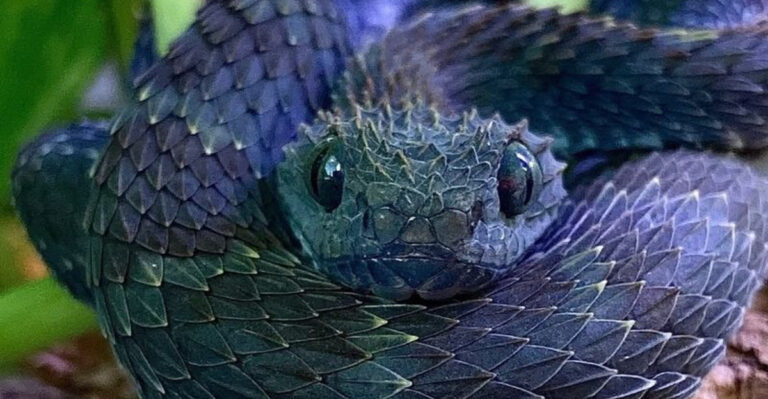8 Common Illnesses In Cats (And 7 Ways To Catch Them Early)
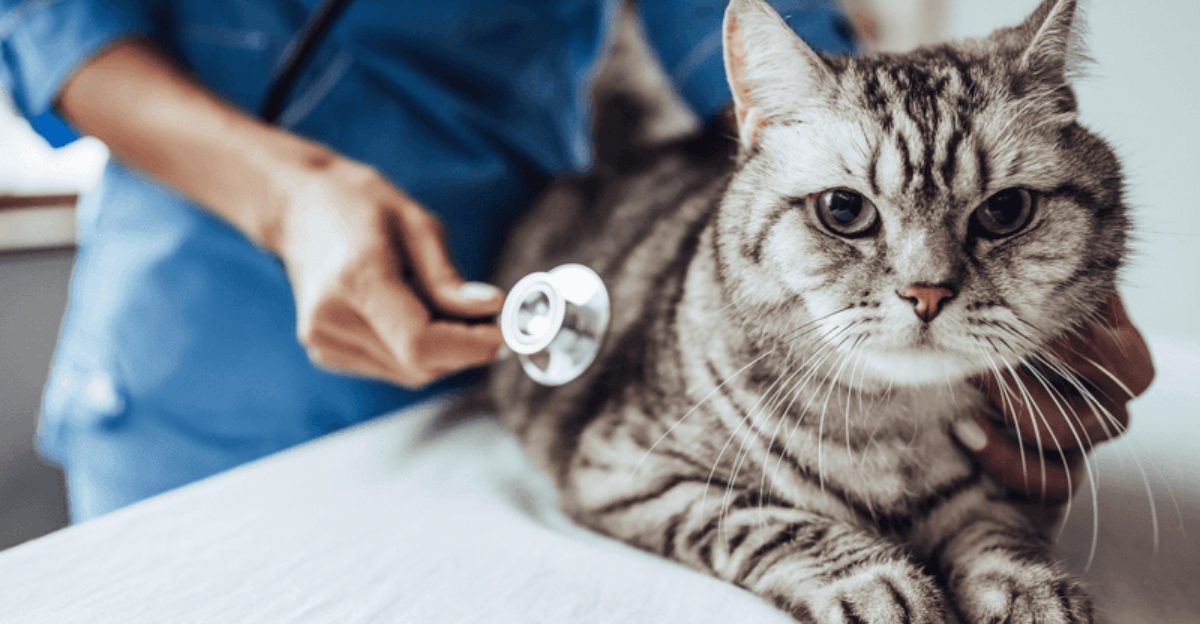
Our feline friends are masters at hiding discomfort, often suffering in silence until an illness becomes serious.
Catching health problems early can mean the difference between a quick recovery and a complicated medical journey.
Whether you’re a new cat parent or have shared your home with kitties for years, knowing what to watch for could save your furry companion unnecessary pain and potentially extend their nine lives.
1. Urinary Tract Infections
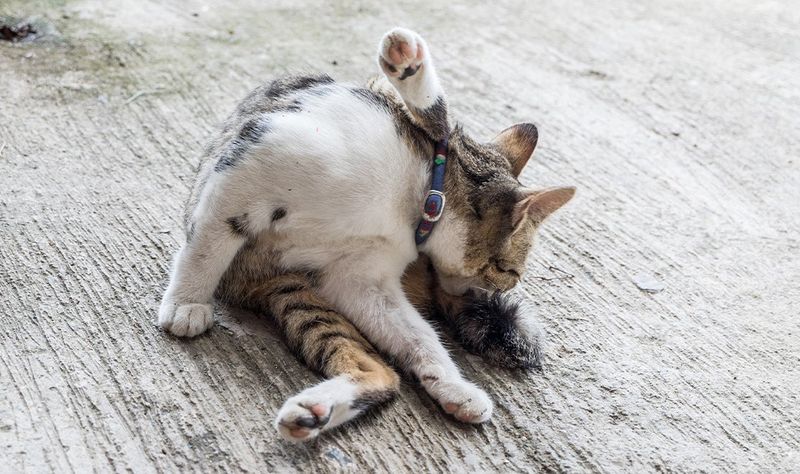
Painful urination sends many kitties to the vet each year. Watch for frequent trips to the litter box with little output, crying while using the box, or accidents around the house. Male cats are especially vulnerable to blockages, which can become life-threatening within 24 hours.
The telltale sign? Licking excessively around the urinary area. Your normally fastidious feline might also develop a strong ammonia smell from their urine or show blood in their elimination.
2. Dental Disease
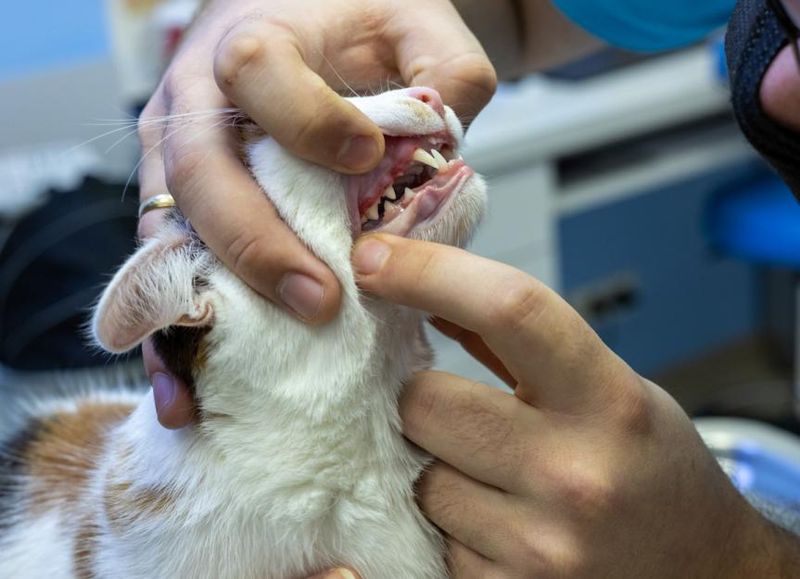
Behind those adorable whiskers could lurk painful dental problems affecting up to 85% of cats over three years old. Bad breath isn’t just unpleasant—it’s often the first warning sign of serious dental issues including gingivitis, periodontitis, or tooth resorption.
Red, swollen gums and yellow-brown tartar buildup shouldn’t be ignored. Cats with dental pain might drop food while eating, chew on one side of their mouth, or paw at their face. Some may even stop grooming altogether.
3. Kidney Disease
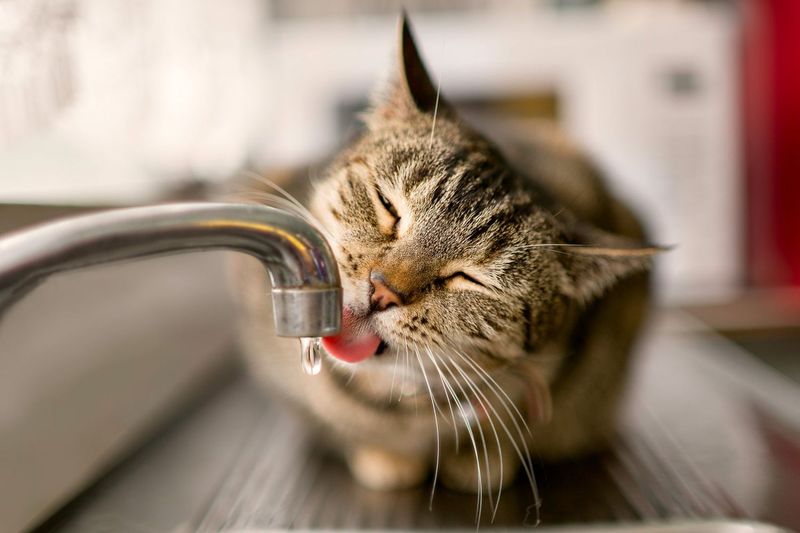
Silent but deadly describes kidney disease perfectly – it’s incredibly common in aging cats yet shows few symptoms until significant damage occurs. Increased thirst and urination are early warning flags that something’s amiss with your cat’s filtering system.
Weight loss despite normal eating habits might signal trouble. Other clues include decreased appetite, vomiting, lethargy, and poor coat quality. The good news? Caught early, dietary changes and medication can slow progression and add quality years to your companion’s life.
4. Hyperthyroidism
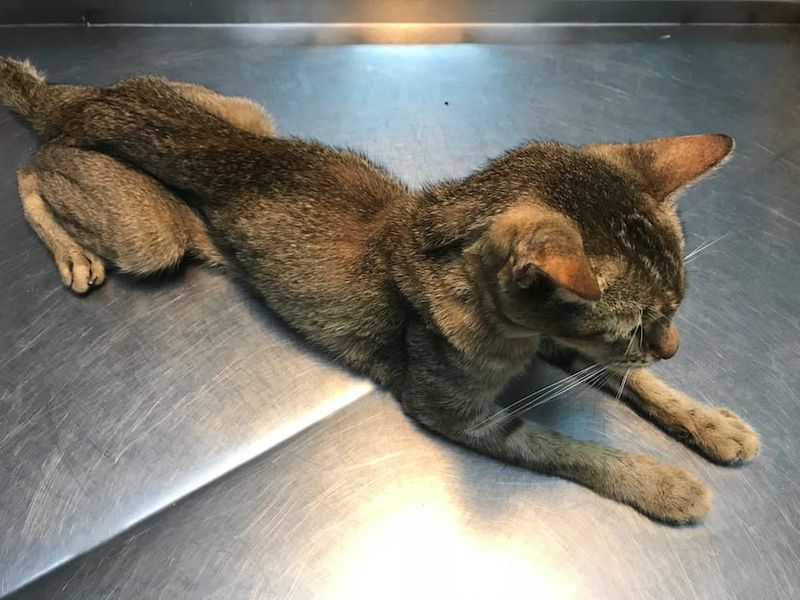
Ravenous appetite coupled with weight loss might seem like a dream to humans, but for cats, it signals a potentially dangerous thyroid condition. This metabolic disorder typically affects middle-aged and senior cats, essentially putting their bodies into overdrive.
Beyond the hunger-weight paradox, watch for increased thirst, hyperactivity, vomiting, and diarrhea. Your once-calm kitty might suddenly become restless or vocal, especially at night. Their coat may look unkempt as grooming habits change.
5. Diabetes
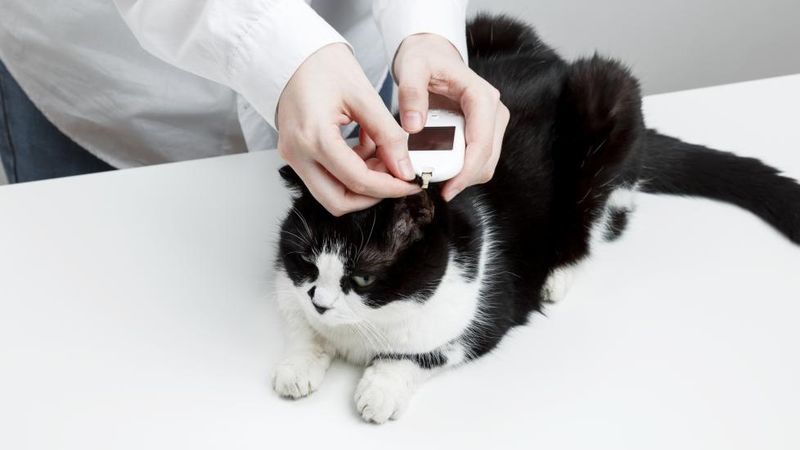
Sweet danger lurks for overweight and sedentary cats, as their risk for diabetes skyrockets. Excessive water consumption paired with frequent urination serves as the classic warning sign—you might notice the litter box needs changing more often.
Increased hunger despite weight loss often accompanies the condition. Some diabetic cats develop a distinctive walking pattern, stepping flat on their hind legs rather than on their toes. Left untreated, weakness and lethargy progress to life-threatening complications.
6. Upper Respiratory Infections
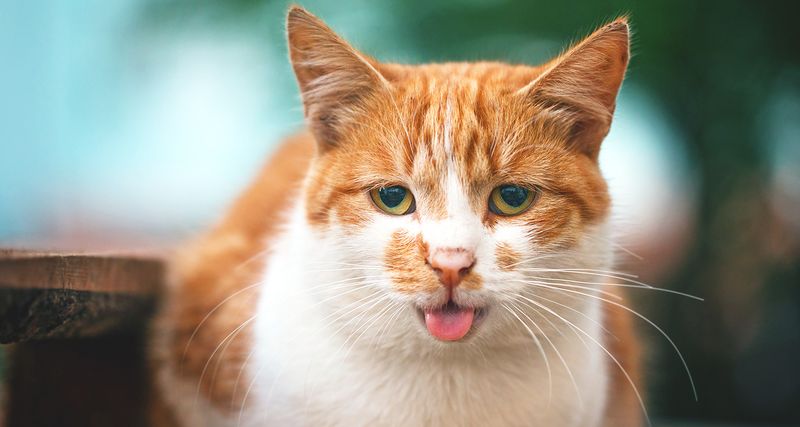
Sneezing fits and goopy eyes might seem minor, but respiratory infections spread like wildfire through multi-cat households. These virus-based illnesses resemble human colds, with sneezing, coughing, runny nose, and watery eyes among the most common symptoms.
Loss of appetite often follows as congestion affects your cat’s sense of smell. Some cats develop fever, lethargy, or mouth ulcers. While many cases resolve with supportive care, senior cats and kittens face greater risks of complications like pneumonia.
7. Inflammatory Bowel Disease
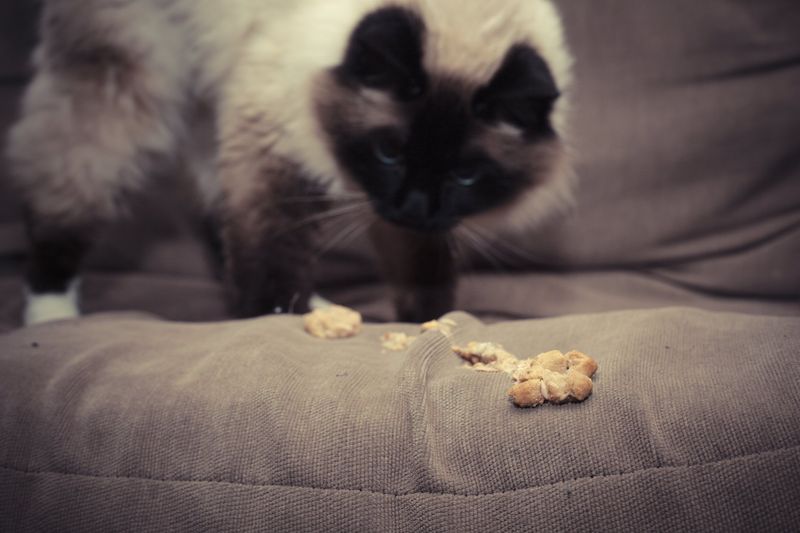
Mysterious vomiting episodes that come and go might point to inflammatory bowel disease, a chronic condition affecting many middle-aged cats. Beyond the hairball-like retching, watch for diarrhea, weight loss despite normal or increased appetite, and noticeable lethargy.
Some cats with IBD develop a pot-bellied appearance as inflammation progresses. Stool quality changes—sometimes containing mucus or fresh blood—should never be ignored. The disease often waxes and wanes, making diagnosis tricky without veterinary testing.
8. Arthritis
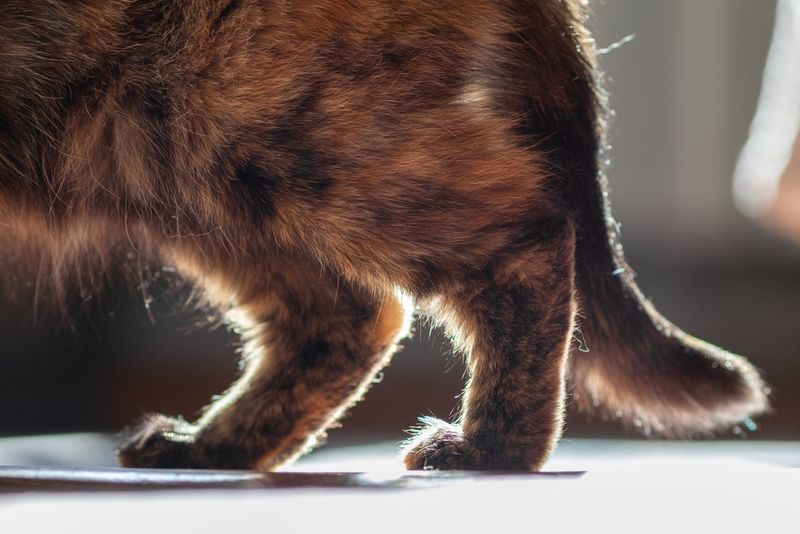
Graceful jumpers becoming suddenly clumsy might break your heart, but arthritis affects up to 90% of senior cats. The signs appear subtly—reluctance to jump on favorite perches, difficulty using the litter box, or stiffness after napping.
Decreased grooming often develops as cats struggle to reach painful areas. Some arthritic cats become irritable when touched in sore spots or begin eliminating outside the litter box if climbing in becomes too uncomfortable. Weight gain from reduced activity creates a vicious cycle of increasing joint stress.
9. Regular Weigh-Ins
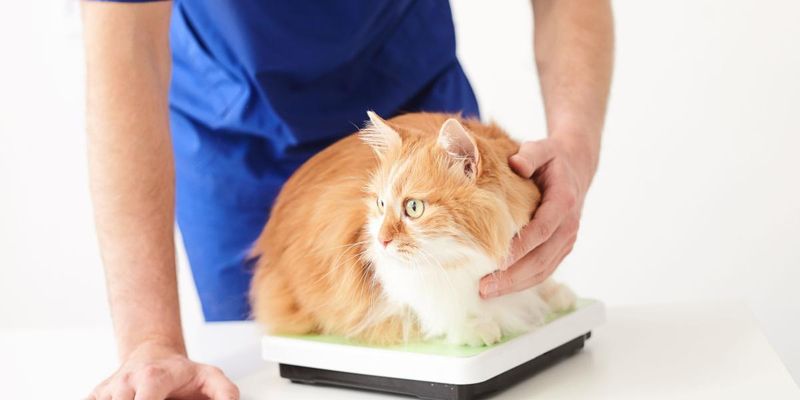
Now, onto ways on catching cat illnesses early!
Grabbing that kitchen scale might save your cat’s life! Weight changes often provide the earliest warning sign of illness, long before other symptoms appear. Unexplained loss of even half a pound warrants attention in adult cats.
Monthly weigh-ins create a baseline for your specific pet. Record these numbers in a dedicated health journal or smartphone app. For accuracy, weigh your cat at the same time of day, ideally before meals. Some smart litter boxes even track weight automatically.
10. Water Consumption Tracking
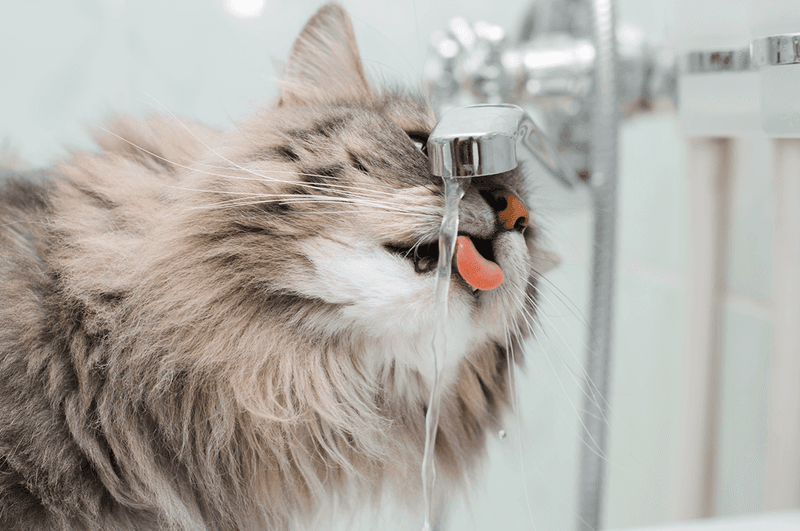
Measuring water intake might seem obsessive, but it’s detective work that pays dividends. Sudden increases often signal kidney issues, diabetes, or hyperthyroidism—all common yet dangerous feline ailments.
Fill the water bowl with a precise amount each morning, then measure what remains at day’s end. Account for evaporation by keeping a second, cat-inaccessible bowl nearby as a control. Multiple-cat households can use individual water fountains with volume markings.
11. Litter Box Monitoring

Playing detective in the litter box might sound unpleasant, but it provides priceless health insights. Changes in frequency, volume, color, consistency, or smell can reveal problems long before other symptoms appear.
Consider switching to white, unscented litter to better observe urine color and spot blood. Some tech-savvy pet parents use smart litter boxes that track usage patterns and alert owners to changes. For multi-cat households, temporary separation or color-safe food dye can help identify which cat is having issues.
12. Gum Check
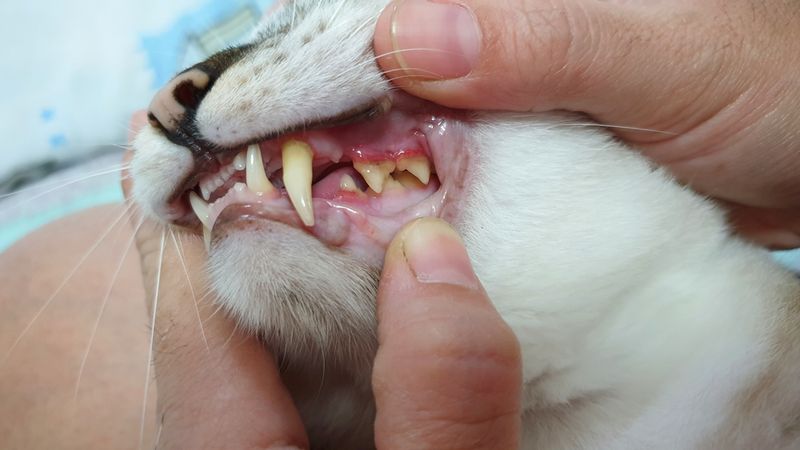
Pink gums signal a healthy kitty, while pale, blue, yellow, or bright red gums indicate serious trouble requiring immediate veterinary attention. Make gum checks part of your regular petting routine by gently lifting your cat’s lip while they’re relaxed.
Beyond color, check for redness along the gumline, tartar buildup, or bleeding—all signs of dental disease. Press the gum briefly until it turns white, then count how quickly pink color returns. Normal cats show “capillary refill” within 1-2 seconds.
13. Appetite Journal
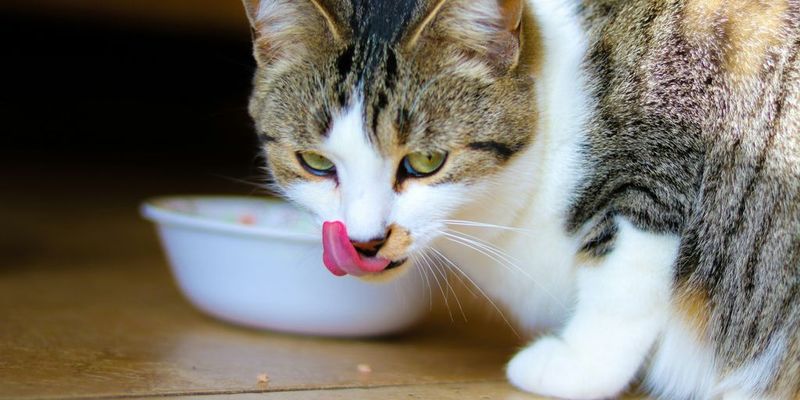
Keeping a simple food diary reveals subtle appetite changes that might otherwise go unnoticed. Measure food at each meal and note how much remains uneaten. Increased or decreased intake often precedes other visible symptoms of illness.
Note any behavior changes around mealtime—hesitation before eating might indicate dental pain, while excessive hunger could signal diabetes or hyperthyroidism. Preference changes matter too. Suddenly avoiding hard food might point to mouth pain, while refusing fish-flavored food could indicate nausea.
14. Baseline Activity Tracking
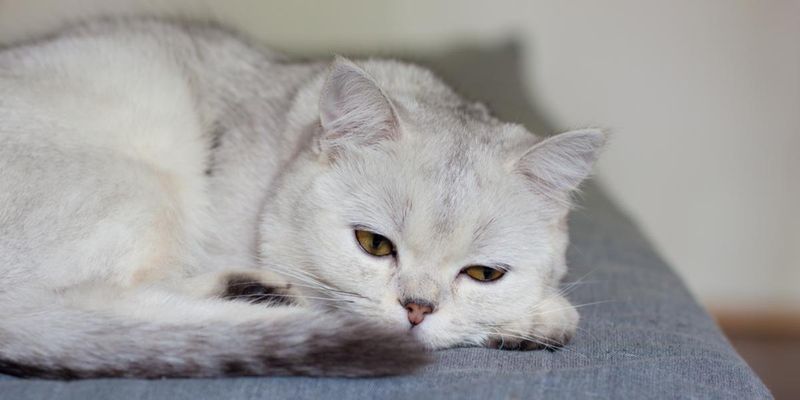
Knowing your cat’s normal activity level helps spot concerning changes early. Today’s technology makes monitoring easier than ever—pet activity trackers attach to collars and measure movements throughout the day and night.
Even without gadgets, noting daily play sessions, nap locations, and energy levels provides valuable information. Reduced jumping, climbing, or playing often indicates pain, particularly arthritis in older cats. Meanwhile, restlessness or increased nighttime activity might signal cognitive changes or hyperthyroidism.
15. Semi-Annual Vet Visits
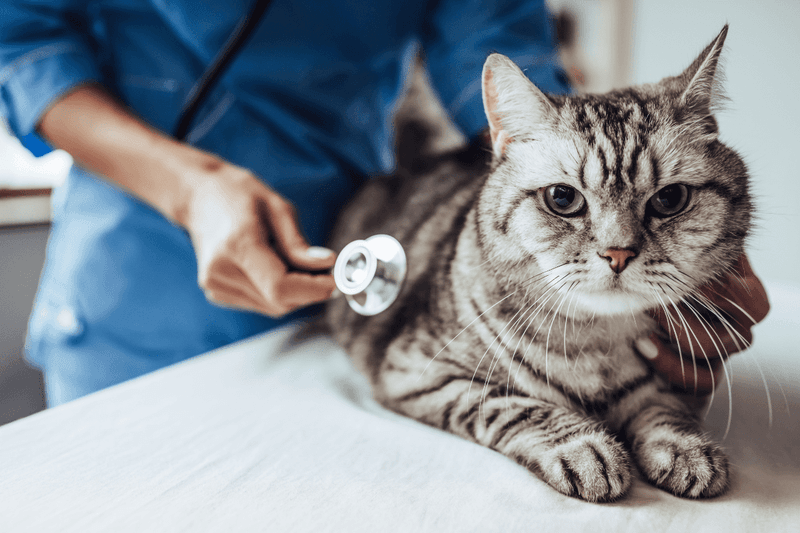
Scheduling wellness exams every six months provides crucial preventive care, especially for cats over seven years old. Cats age more rapidly than humans, making regular professional assessments vital for catching subtle changes.
Request complete blood work annually to establish baselines and track trends. Many serious conditions show changes in blood values before visible symptoms appear. During visits, discuss any behavioral changes with your veterinarian, no matter how minor they seem.





